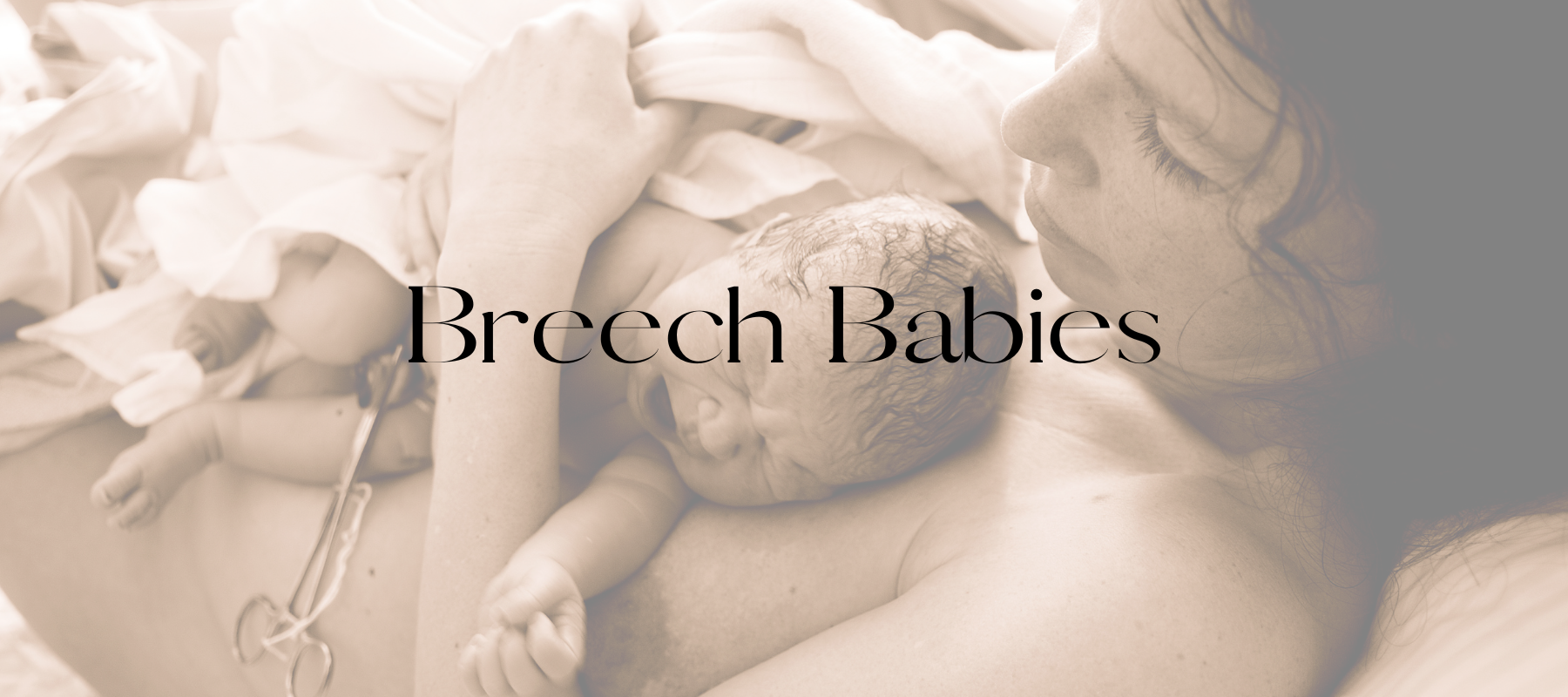So, you’ve just found out you’re expecting a new arrival, but you’re still breastfeeding baby number one! You probably have asked yourself whether you should continue breastfeeding or wean when your new baby comes.
Breastmilk can change during pregnancy so some babies/children may choose to wean on their own, But for those who continue to breastfeed, here are some ideas to manage breastfeeding both children.
What are some of the benefits of tandem breastfeeding?
- Helps relieve engorgement
- Helps prevent blocked ducts/mastitis
- Older child can help newborn manage a fast milk letdown
- Supports ongoing breastmilk production
- Supports development and nutrition of older child
- Helps older child bond with baby
- Encourages ongoing bond between mother and older child
- May reduce feelings of jealousy from the older child
Will my breastmilk be suitable for a newborn?
The most amazing thing about breastmilk is that its composition changes as your child grows in order to meet developing needs. So how does it work when you tandem breastfeed? You may wonder if your milk will continue to suit a toddler, and not a newborn.
Fortunately, there’s no need to worry! Think of your breastmilk as ‘resetting’ production to follow your new baby’s needs instead of your older child.
- Breastmilk will continue to go through the usual stages of development. Development of breastmilk when your baby arrives involves colostrum, transitional milk, and finally, mature breastmilk.
- In the first few days after delivery, ensuring the newborn breastfeeds first is important as they will be able to receive all the colostrum they need.
- Once the milk supply has established, breastmilk will usually be abundant in supply and can feed both children without issue.
What are some issues mothers face when tandem breastfeeding?
When tandem breastfeeding, the older child may drink the ‘hindmilk’ – the richer and higher fat content breastmilk that the newborn needs. To prevent this, aim to breastfeed each child solely on different breasts once milk supply has matured.
Additional issues:
- Lack of time to breastfeed two children
- Lack of social support
- Hormonal changes causing nipple tenderness – little can be done to change nipple sensitivity, but try limiting non-nutritional comfort sucking when possible.
- Due to hormonal changes, breastmilk production will often decrease from mid pregnancy. As production decreases, sodium increases, causing the breastmilk to be saltier which can cause the older child to self-wean.
How do you tandem breastfeed?
Some mothers like to assign a breast to each child for the entirety of the breastfeeding journey. Others may choose to alternate as needed. You may want to feed both children at once, or separately. However you decide, remember your newborn is now the priority as your toddler is not breastfeeding for primary nutrition.
Important to remember:
Prioritise your own physical and mental health. Tandem breastfeeding is a personal decision and not suitable for everyone! Try to maintain a well-balanced diet and increase daily calorie intake, when possible, to ensure adequate nutrition for yourself during this increased breastmilk output.
Tile image by @amberloveschuck photographed by @littlemillyphotography
Written by Keryn Thompson, RM & IBCLC (L-301766)
References
Moscone, S. and Moore, M., 2002. Breastfeeding during Pregnancy. Journal of Human Lactation, 9(2), pp.83-88.
O'rourke, M. and Spatz, D., 2019. Women's Experiences with Tandem Breastfeeding. MCN: The American Journal of Maternal/Child Nursing, 44(4), pp.220-227.
Rosenberg, G., Mangel, L., Mandel, D., Marom, R. and Lubetzky, R., 2021. Tandem Breastfeeding and Human Milk Macronutrients: A Prospective Observational Study. Journal of Human Lactation, p.089033442110038.
Sinkiewicz-Darol, E., Bernatowicz-Łojko, U., Łubiech, K., Adamczyk, I., Twarużek, M., Baranowska, B., Skowron, K. and Spatz, D., 2021. Tandem Breastfeeding: A Descriptive Analysis of the Nutritional Value of Milk When Feeding a Younger and Older Child. Nutrients, 13(1), p.277.
Yate, Z., 2017. A qualitative study on negative emotions triggered by breastfeeding; Describing the phenomenon of breastfeeding/nursing aversion and agitation in breastfeeding mothers. Iranian Journal of Nursing and Midwifery Research, 22(6), p.449.



